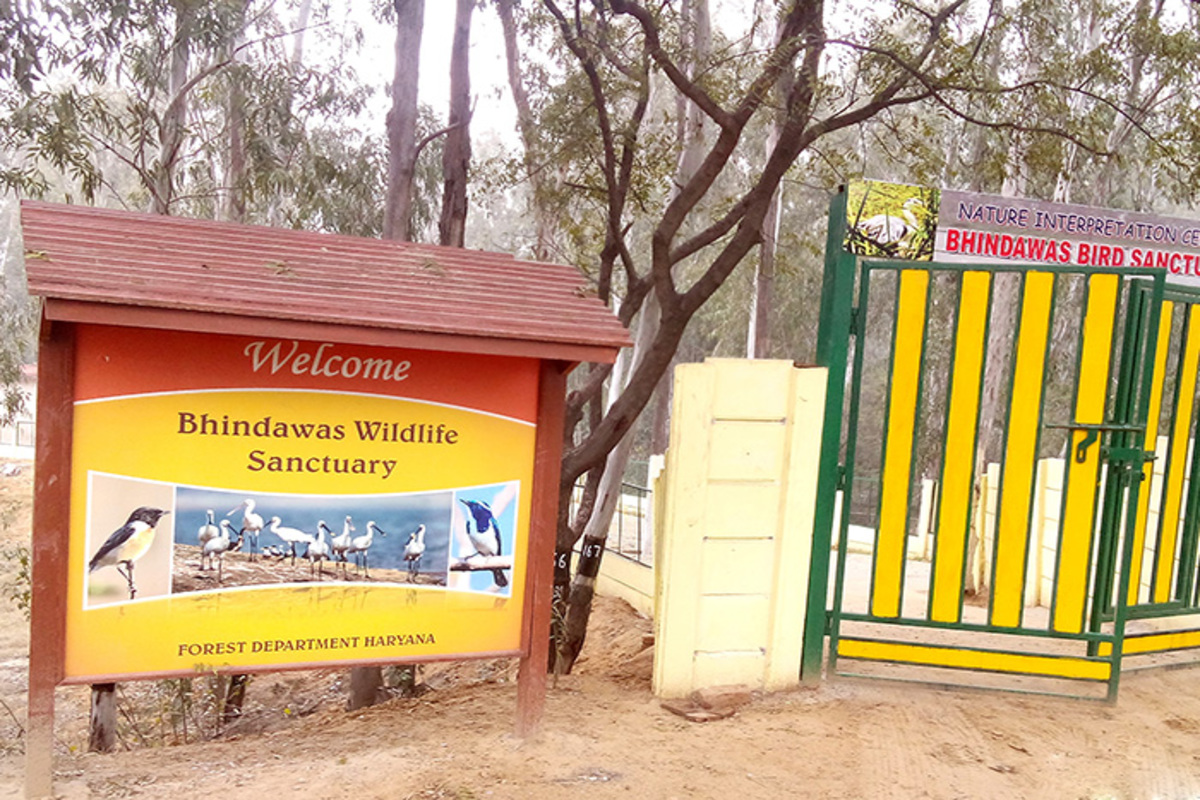BJP failed to address civic issues of Gurugram: Raj Babbar
Congress leader Raj Babbar said on Sunday here that the BJP has been in power for the last 10 years in Haryana but in Gurugram they failed to address the civic issues of the district.
Taking note of the loss and degradation of wetland habitat for migratory waterbirds, Iran’s coastal city Ramsar city hosted the Ramsar Convention on Wetlands of International Importance in 1971.

Haryana’s two wetlands namely Sultanpur National Park in Gurugram district and Bhindawas wildlife sanctuary in Jhajjar district have been recognised as wetlands of international importance under the Ramsar Convention.
Both of these wetlands provide an ideal winter home for a number of feathered guests as they contain sufficient food in the form of fish, molluscs, gastropods, arthropods, hydrophytes besides being ideal resting and roosting places for avifauna.
Sharing details on Tuesday, an official spokesperson said that every year nearly 50,000 migratory birds belonging to over 100 species arrive at Sultanpur from various parts of the world mainly Eurasia in search of feeding grounds and to pass the winter.
Advertisement
In winter, the Sultanpur provides a picturesque panorama of migratory birds such as Sarus cranes, Demoiselle crane, northern pintail, northern shoveller, red-crested pochard, waders, gray lag goose, gadwall, Eurasian wigeon, black-tailed godwit etc, he added.
The spokesperson said Sultanpur is also home to a number of rare and endangered species of resident birds including the common hoopoe, paddy-field pipit, purple sunbird, little cormorant, Indian cormorant, common spoonbill, grey francolin, black francolin, Indian roller, white-throated kingfisher, Indian spot-billed duck, painted stork, black-necked stork, white ibis, black-headed ibis, little egret, great egret, cattle egret, crested lark, red-vented bulbul, rose-ringed parakeet, red-wattled lapwing, shikra, Eurasian collared dove, red collared dove, laughing dove, spotted owlet, rock pigeon, magpie robin, greater coucal, weaver bird, bank mynah, common mynah and Asian green bee-eater.
Bhindawas Wildlife Sanctuary is a freshwater wetland, also the largest in Haryana. More than 80 species of migratory and more than a hundred resident species have been recorded here. More than 40,000 migratory birds visit Bhindawas during winter.
Bar Headed Goose flocks here in large number. Other winter visitors include Gray Lag goose, Northern pintail, Eurasian teals, Northern shovellers, Red Crested Pochards, white-tailed eagle (very rare), snew, warblers, Lesser and greater white-fronted goose, Greater white pelicans etc, he added.
The spokesperson said that Bhindawas has tall trees of Eucalyptus and Babul which provide very good habitat for raptors including Oriental Honey-buzzard, crested serpentine eagle, Indian spotted eagle, Greater spotted eagle, common king fisher, pied kingfisher and white-breasted kingfisher, night czar, dusky Eagle owl, pheasant tailed jacana, yellow legged button quails and francolins.
Taking note of the loss and degradation of wetland habitat for migratory waterbirds, Iran’s coastal city Ramsar city hosted the Ramsar Convention on Wetlands of International Importance in 1971. The outcome of this convention was a treaty that came into force in 1975. The treaty provides the framework for action and cooperation for the conservation and wise use of wetlands.
“Ramsar” is a prestigious international tag. It gives international importance to the wetland for its ecological importance. This is the first time that Haryana state has come on the world’s wetland conservation map, informed the spokesperson.
Advertisement